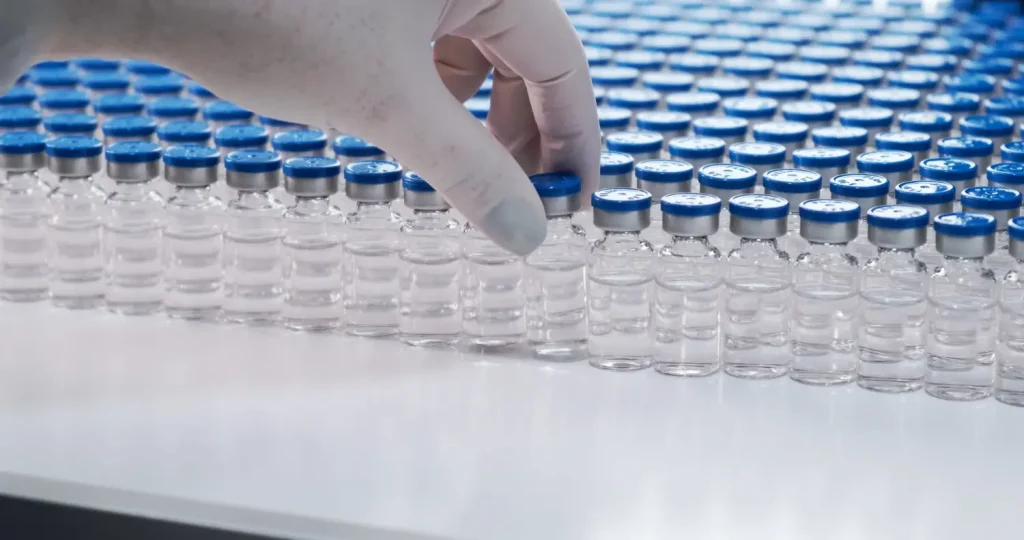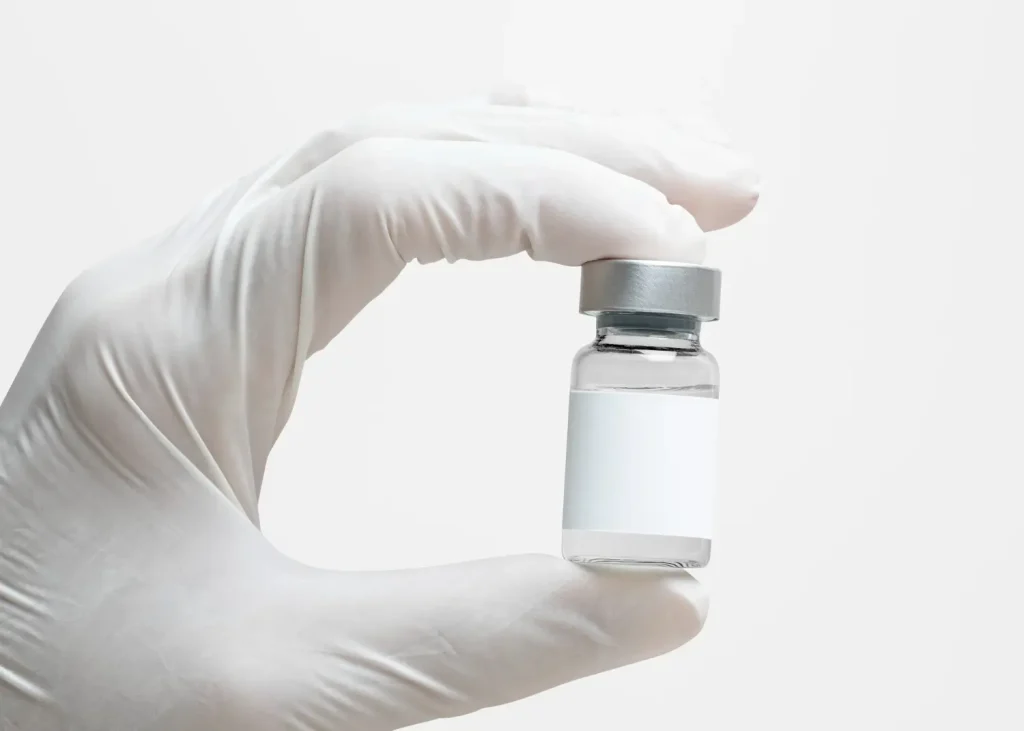Sculptra vs Juvederm may seem similar in terms of their indications of removing wrinkles and adding volume to the skin. However, there are vast differences between the two, especially in regard to their chemical makeup, usage methodology, and their respective benefits. Both Juvederm products and Sculptra and have been approved for correcting moderate-to-severe nasolabial folds. Other facial imperfections and conditions that can be targeted are the creases that go from the corners of the mouth down to the chin (marionette lines), the loss of volume in the cheeks and the midface region, and lines and wrinkles found near the midface area.
Difference between Sculptra vs Juvederm
To be more precise, Juvederm is a product line of HA-based cosmetic fillers, each suitable for correcting different facial imperfections, from dehydrated skin to deep-set lines. The active ingredient used throughout the product range of this brand is sterile and purified HA, sourced from a bio-fermentation process. All Juvederm products take on a physical appearance as a smooth, clear, transparent, and non-mutagenic gel.
Generally, there are two categories of Juvederm products based on the cross-linking processing of the HA: the Hylacross line, and the Vycross line. The Hylacross line comprises of Juvederm Ultra XC and Juvederm Ultra Plus XC, which are cross-linked monophasic HA fillers. This line has excellent non-granular consistency. On the other hand, the Vycross line binds both 90% low molecular weight and 10% high molecular weight HA to create a malleable gel that is easy to shape according to the facial contours.
As opposed to other cosmetic fillers, Sculptra is an injectable implant that delivers microparticles of PLLA. The gel also contains a carboxymethylcellulose and mannitol suspension. It is available in single-use vials. Unlike Juvederm, the solution needs to be reconstituted to form a sterile, nonpyrogenic suspension. Since there is only one configuration for Sculptra, each target indication requires a different dose dilution.
Hyaluronic Acid Filler vs Poly-L-lactic Acid (PLLA) Filler
To say that one brand is better than the other is not necessarily true. Each brand’s respective main ingredient serves a specific purpose and desired results. It is worth comparing HA and PLLA and understand which one is appropriate for a specific treatment.
Thin, dehydrated, and dull aging skin is actually a result of the loss of natural HA. This glycosaminoglycan is originally abundant in the skin, but the depletion of the body’s natural amount is an effect of aging and other dermal stressors, such as excessive exposure to the Sun’s ultraviolet (UV) rays, dietary and smoking habits, and pollutants.
The replenishment of HA in the skin can help it regain its ideal youthful state. This substance plays a major role in skin hydration with its high affinity to water molecules. It also stimulates fibroblastic activation and migration for neocollagenesis. The results can be immediately seen, as a HA implant itself provides adequate volume to smooth out the skin while making it more radiant.
Sculptra’s PLLA is also a biocompatible product that is commonly present in many medical instruments, such as sutures and implant plates. PLLA gradually dissolves within a few months after its injection. However, during the process of its biodegradation, it stimulates the formation of new collagen by stimulating the activation of fibroblasts. The enzymatic or non-enzymatic degradation of PLLA might also contribute to the amplification of collagen volume. Consequently, PLLA’s mesh work also serves as a mechanical interaction for collagen.
Treatment specifications: Juvederm vs Sculptra
On the surface, both fillers are administered via intradermal injections that may take, on average, 30 minutes to complete. However, each of these products may have their own specific dosage and injection techniques that are suitable to the qualities.
The Juvederm XC line comes pre-mixed with lidocaine, so as to provide more comfort to the patients. Each product in the Juvederm has its own intended depth and target tissue, which can range from the superficial dermis to the deep dermis.
No lidocaine or anesthetic is included in the pre-mix of Sculptra. Thus, it is advisable to apply a local anesthetic to reduce any injection-based pain. Each vial is also intended only for one patient and should be injected at room temperature within 72 hours to avoid its rapid degradation.
Sculptra injections are recommended to be carried out using a 26G needle. The appropriate technique suggested includes threading or tunneling into the deep dermis via a grid pattern or a cross-hatching style. Each injection point should be injected with 0.10.2ml of Sculptra and should have a distance of 0.5 to 1cm between each other.
Which lasts longer? Sculptra or Juvederm?
The major difference between these two products is its longevity. For Juvederm, the HA implant can last for an average of six to 12 months before it fully disintegrates and metabolizes. Vycross products, such as Voluma XC, can sustain their results for up to 18 months to two years with adequate aftercare. This extension can be maintained by follow-up treatments every six to nine months after the initial injection.
Sculptra’s solution gradually dissolves into the dermis within a few months, but the new and sturdy collagenic network it stimulated can last for approximately of two to three years.
With Juvederm products, there is a chance to reverse the treatment in case the patients are not satisfied with the results through the use of the enzyme hyaluronidase. Sculptra, however, is not exactly reversible, and patients may have to wait for the solution to disintegrate on its own. The new collagen layer can improve the skin to be more resilient and plumper, and it will naturally fix itself to the contours of the treated area(s).
Conclusion
Juvederm products and Sculptra are both impressive cosmetic fillers that can help to restore the youthful look in aging adults. Their benefits are largely dependent on their respective ingredients and the effects they can deliver. For a fully trained healthcare medical professional, it is important to weigh the pros and cons of each product and to be flexible when it comes to treating your patients.





















